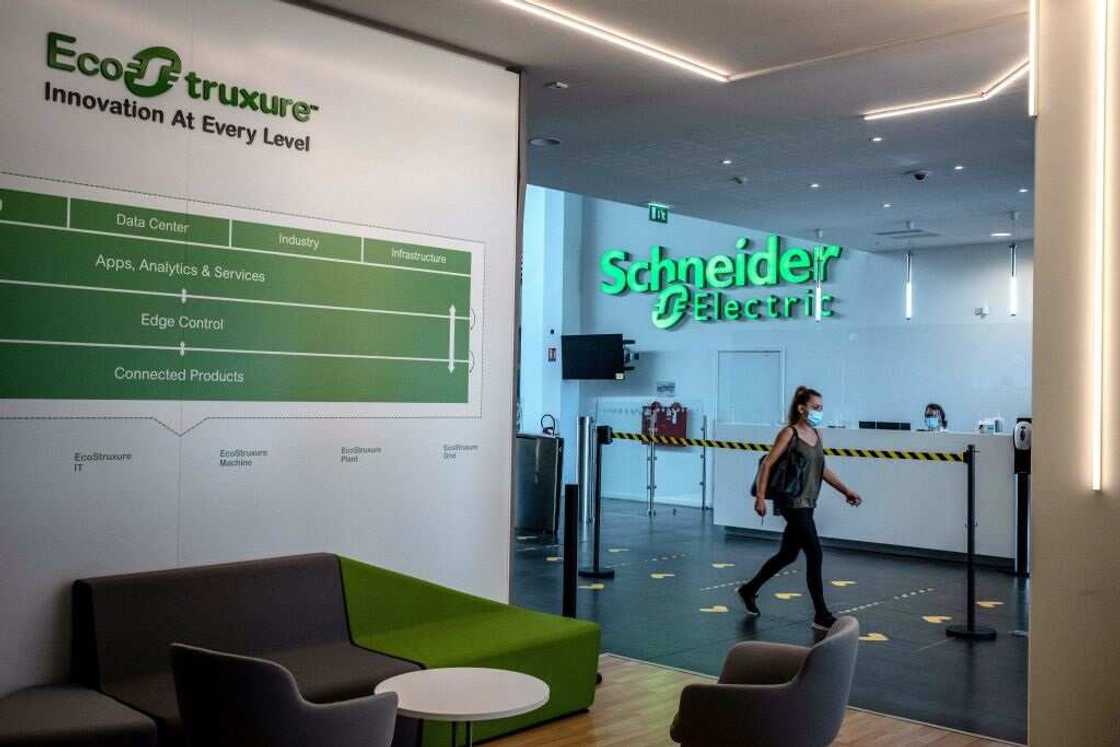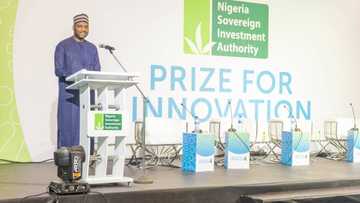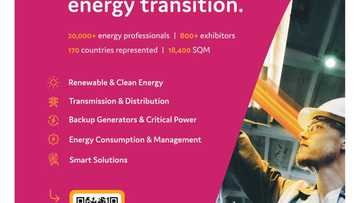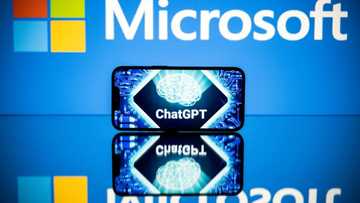Energy Firm Releases White Paper, TradeOff Tool on Hybrid IT Management
- The new White Paper focuses on CIO management challenges within hybrid environments
- It addresses how modern DCIM addresses CIO Management and supports the TradeOff tool
- Distributed IT makes security a top concern along with the need for improved resiliency
Schneider Electric has released White Paper 281, "How Modern DCIM Addresses CIO Management Challenges within Distributed, Hybrid IT Environments," and a supporting TradeOff Tool, both available for immediate use.
The new White Paper focuses on Data Center Infrastructure Management (DCIM) software and closely examines the rapidly-changing role of the Chief Information Officer (CIO) as IT takes centre stage in the past few years.

Source: Getty Images
The document shows the success of CIOs
According to reports, the document demonstrates how the success of a CIO is ultimately rooted in a solid foundation of maintaining resilient, secure, and sustainable IT operations. This goal becomes more challenging in an environment of highly distributed hybrid IT.

Read also
Innovators across Nigeria set to win huge amount of dollars as top FG agency launches new initiative
PAY ATTENTION: Follow us on Instagram - get the most important news directly in your favourite app!
Author Patrick Donovan, Senior Research Analyst at Schneider Electric’s Energy Management Research Center, stated that business needs focus on CIOs integrating their data and IT portfolios.
He said:
“Business requirements are forcing CIOs to hybridize their data centre and IT portfolio-architecture by placing IT capacity in colocation facilities and building out capacity at the local edge – sometimes in a big way”.
“CIOs have always been tasked with managing and maintaining resilient and secure operations, but generally have been focused on core data centre sites.
“Now, on top of having many more distributed sites needing resiliency and security, they are also being asked to report on the sustainability of their IT operations. This marks a real sea change in terms of their responsibilities.”
In the 16-page paper, Donovan describes the evolution of enterprise IT portfolios and explores the resulting management challenges.
TradeOff tool considers downtime
He explains how modern DCIM software has evolved and is more optimized for increasingly distributed environments. Distributed IT makes security a top concern, along with the need for improved resiliency and tracking and reporting of the IT operation’s environmental impact.
A new Schneider Electric TradeOff Tool, the DCIM Monitoring Value Calculator for Distributed IT, supports the White Paper and provides user-selectable inputs and adjustable assumptions to perform “what-if” scenarios to see the ROI/payback of monitoring software.
It considers downtime, staffing, security, environmental incidents, and cash flow.
He said:
“We wanted to create a useful framework to help customers quantify the potential value of DCIM in their operations and we are excited for them to try our tool,” said TradeOff Tool creator Wendy Torell, Senior Research Analyst at Schneider Electric’s Energy Management Research Center. “We designed it to be user friendly and it easily adapts to the customer’s specific environment and level of maturity.”
Donovan, Torell, and fellow meEnergy Management Resource Center members conduct research that helps Schneider Electric and its customers make informed business and technology decisions backed by facts and research. Much of the research is made freely available to the public.
How Schneider Electric is revolutionizing the Nigerian energy sector
Legit.ng reported earlier that digitizing the Nigerian energy sector is crucial, and that is where Schneider Electric, the French multinational energy company, comes in.
In an exclusive interview with Legit.ng during the Lagos Start-up Week, Mojola Ola. Director - Marketing, Business Development & Access to Energy at Schneider Electric (Anglophone W. Africa), said Nigeria has about 55 per cent electricity access.
Ola said that what Nigeria needs to do in the energy sector is to improve access, saying that the company has an eco-structure that integrates the Internet of Things (IoTS) which allows users to monitor and control various devices remotely.
Source: Legit.ng



